The Ridley Family
The estate was acquired by the Ridley family who enlarged the quays and started manufacturing salt on a large scale.
Almost 200 years ago Antarctica was discovered from a ship built in the small North East town of Blyth, Northumberland.
The Williams was built and owned by a Captain William Smith a man born and raised in Blyth. On the anniversary of this British achievement in 2019 The Williams Expedition celebrated by buying and refitting a similar vessel to the Williams in Blyth and sailed it around Britain with local crews of volunteers, experienced sailors and unemployed people to recreate the experiences of the original expedition with local crews, training them so that we are able to start a programme of sailing expeditions going forward.
The expeditions also aim to showcase the North Easts talent, engineering and technology on a world stage.
Over the 2018 summer, we trained a core group of volunteers with specialist senior skills to operate efficiently onboard the vessel while training and supporting inexperienced crew. We have now completed the round Britain Expedition, filling over 130 berths and working with 33 trainees and unemployed people. It was a huge success as a shake down voyage, preparing the crew, ship and back up teams for future voyages.
We are now running a programme of 1 day, weekend and charter voyages and advanced gift vouchers and bookings can be made at https://williams-sailing.co.uk.
The Williams II is a 36m gaffed riffed ketch, which was built of oak with pine decking and masts in 1914 in Denmark and at 24m on deck, with a 2.7m draft she is almost exactly the same dimensions as the original Williams built 200 years earlier in Blyth. She is twin skinned with an oak outer and inner hull which makes her very strong and able to operate in icy waters and has been augmented for strength with a steel girder running the length of her keel. The refit has replaced approximately 40% of the planking below the water line, 30% of the decking which has also been re calked (sealed), serviced and rebuilt the engine (an 8 cylinder Gardener diesel), serviced and upgraded the rigging and rewired the electrical systems. We are now seeking further sponsorship for new sails and specialist expedition equipment.
Whilst we have built a core experienced crew, there will still be ongoing opportunities to join our senior team on sailing expeditions, whether you are an experienced skipper wanting to sail a Gaff rigged ketch, wanting to be a watch leader, engineer, expedition doctor or cook.
You can read about the different roles and download an application form by visiting our apply to join the expedition page.
If successful in your application to join the senior sailing team we will usually ask you to pledge to raise some appropriate funds to support the work of Blyth Tall Ship for your initial voyage although if you are unemployed we can often support that through sponsorship from various organisations.
If you have any questions about joining the crew please contact siobhan@blythtallship.co.uk
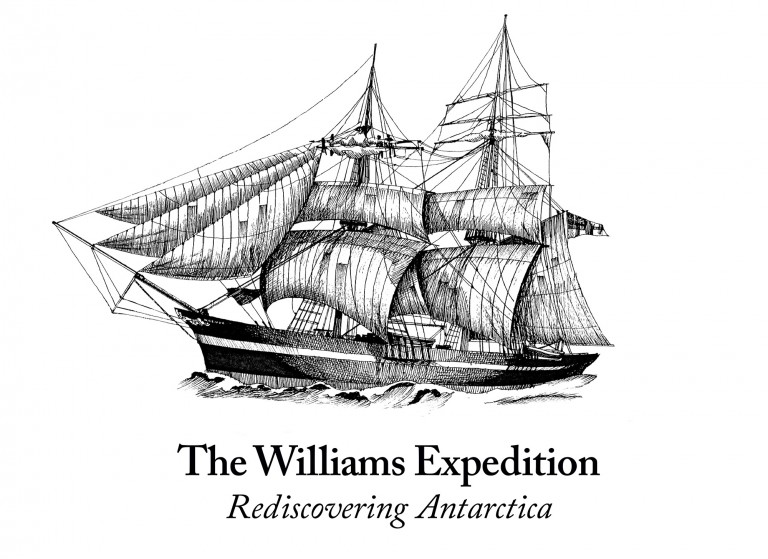
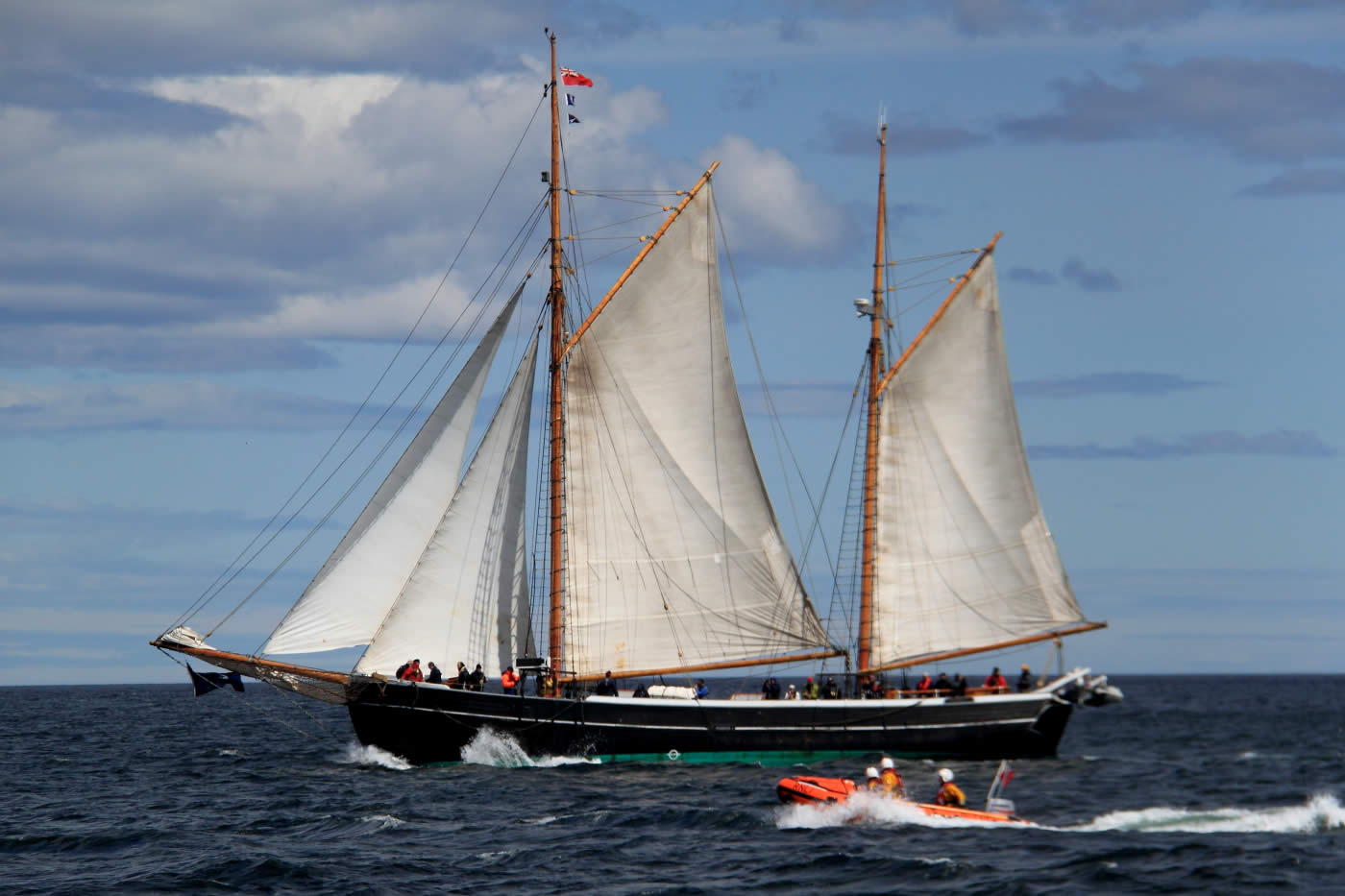
Swipe left and right
The estate was acquired by the Ridley family who enlarged the quays and started manufacturing salt on a large scale.
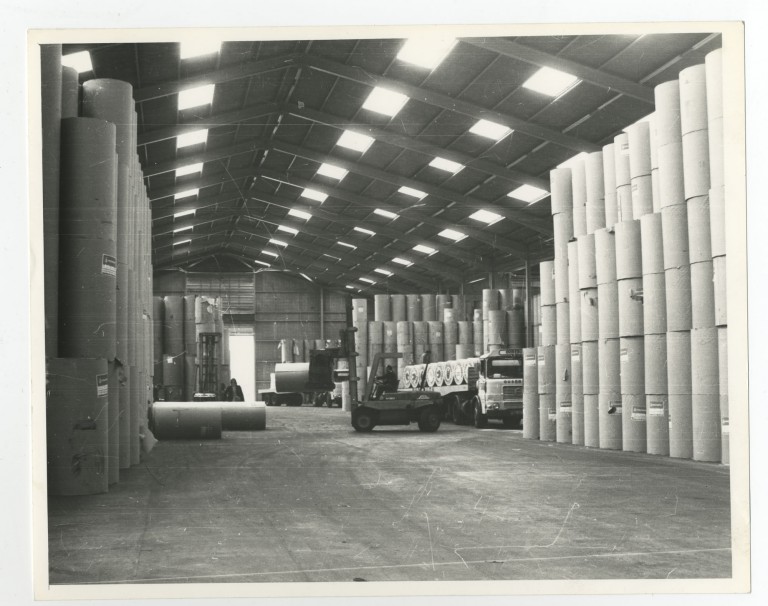
Customs books from 1723 record trade consisting of solely coal and salt.
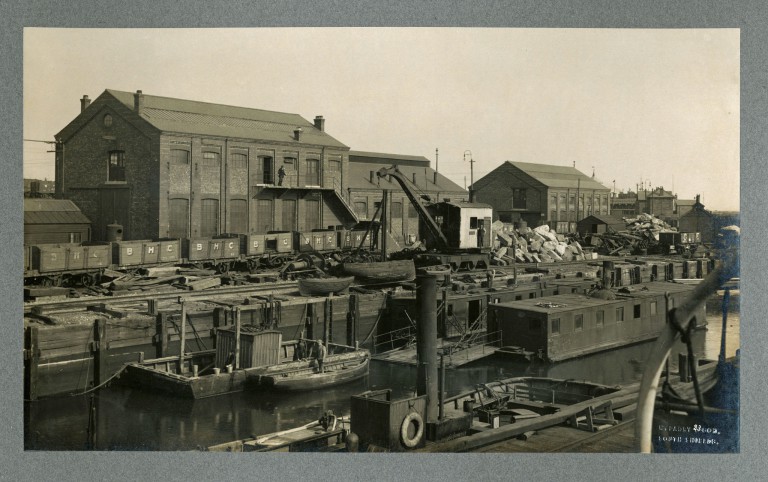
Earliest record of a ship being built at Blyth. The vessel was the 44 ton sloop 'Constant Ann'.
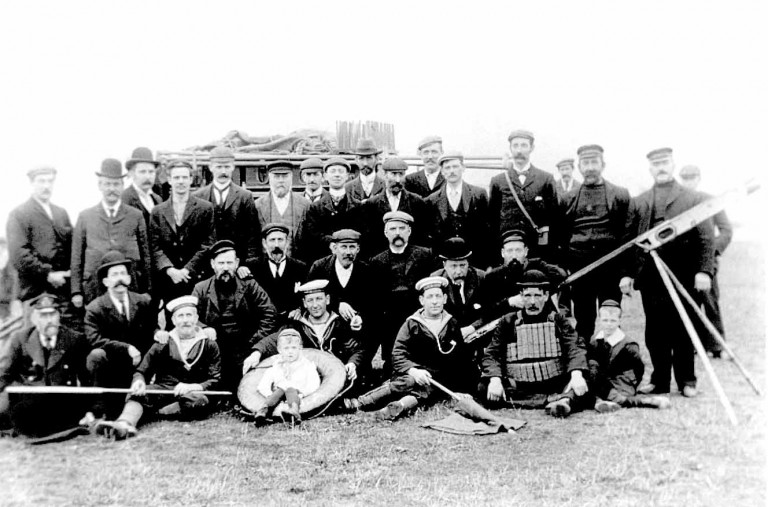
The first breakwater was established which was a roughly built stone structure intended to break the force of the sea in an easterly gale. It was known as North Dyke.
The first staiths were built with an elevated loading point. High Lighthouse was also built which served untill 1984.
A poem is printed entitled 'A tribute to the Memory of Captain George Robinson'.
An increasing number of vessels were using the river. This led to the purchase of a steam vessel to tow sail vessels back to the sea.
Shipbuilding continues with three shipyards operating. The site became known as Wimbourne Quay.
Blyth's first lifeboat is established.
Blyth & Tyne Railway Company built the first rail linked staith on teh south side of the river resulting in coal shipments growing rapidly over the next few years to around 200,000 tons per annum.
The first chain ferry, known as Low Ferry, started operating. This ran for 23 years.
"As trade continued to develop, growth clearly had to be managed. In 1854 the Blyth Harbour and Dock company was formed, given powers to develop the port and to levy dues and charges."
The Harbour Act was passed allowing the dredging of the Harbour to really begin.
Further improvements to the harbour were carried out.
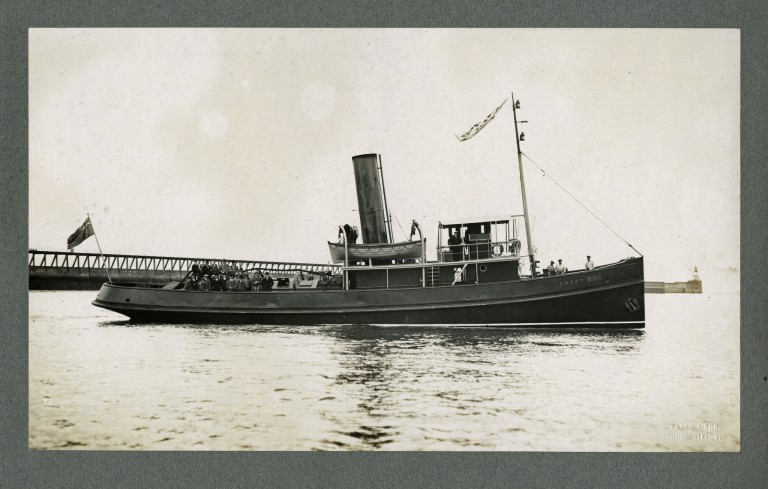
The first two iron ships, known as hoppers, were built for the Russian Government by Messrs Hodgson & Soulsby at Cowpen Square. Launch dates were 22nd & 27th April.
Swipe left and right

Blyth Tall Ship and The Williams Expedition are immensely proud to be associated with our sponsors who support our cause and expedition.
Over the past 3 years (2015-2018) the project has attracted broad media interest, featuring in programming on both BBC and ITV channels (local and national). The project has attracted the attention of the national press and has directly engaged with over 180,000 people in Blyth itself.
There are a number of ways that sponsorship can help us and be recognised and we aim to work with each sponsor around their specific needs. For example a new set of sails will cost £25,000 and a sponsor could have their logo printed on sails that they way for. Other options might include covering the costs for a places on the round Britain or main expedition for those who are from worse off backgrounds. £750 for a leg around Britain or £2750 for a main expedition leg. You could even sponsor an Apprentice or members of staff to do it? A set of foul weather gear and lifejacket for crew members would cost £600 and we need 20 sets which could have your company logo on.
Major sponsors are therefore still needed for The Williams Expedition to Antarctica where our tall ship Williams II will become a fantastic platform gaining media interest in all ports visited around Britain and the world together with the national media interest in the expedition in the UK.
For more information please email info@williams-expedition.com.